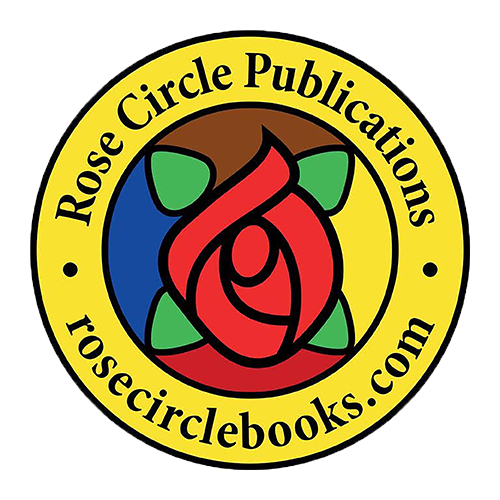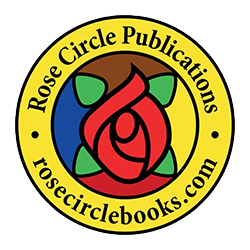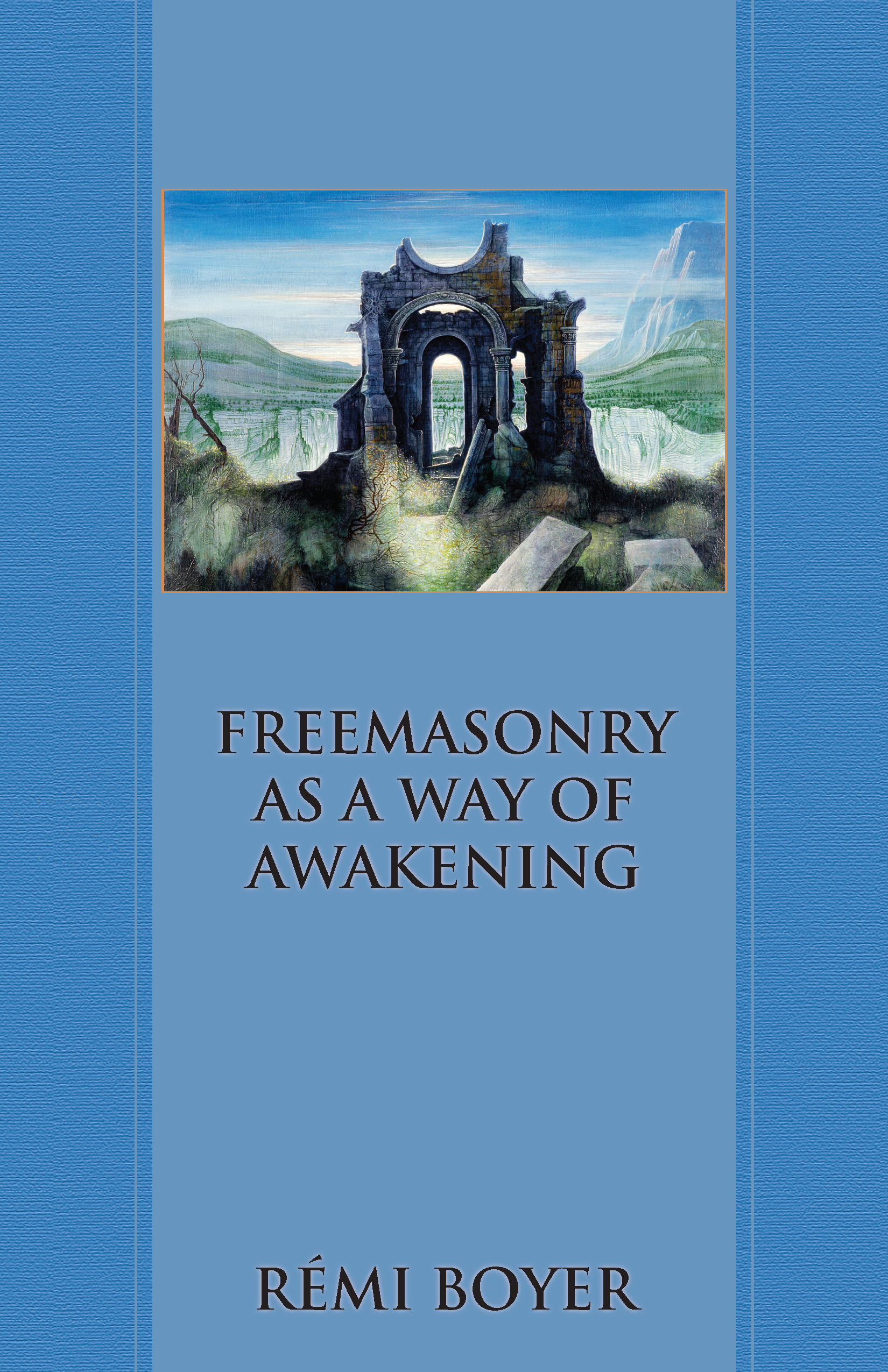Freemasonry as a Way of Awakening
I am excited to announce the publication of the English translation of Rémi Boyer’s book Freemasonry as a Way of Awakening, expertly rendered into English by Michael Sanborn. Rémi is very well-known on the French esoteric and Masonic scene, and this is the first of a series of books examining Freemasonry, Martinism, the Rose Croix and the Scottish Rectified Rite, or C.B.C.S.
Masonry has long been troubled by the fact that, as with most organizations, the concept looks perfect on paper, but then you have to populate it with people, who bring to it all their petty aspirations, politics and pre-conceptions; and the problems begin! Throughout history Masonry has been a two-way struggle. On the one side are those who see it as a social club where people can get together, have a nice meal, give some money to charity to feel good, and occasionally put on a funny little play to bring in more dues-paying members. Then there are the esotericists who believe that Masonry contains Truths (with a capital ‘T’), and spend their lives meditating, studying and analyzing every word of the ritual: for them the things which attract the former kind of Mason mean nothing to them. The Ritual is all.
There is no doubting Rémi’s focus on the second kind of Mason, as he devotes his book to seeking out the spiritual side of the Order. He dedicates the book to “all the free masons who know how to escape forms to recognize the liberatory essence of the quest.”
But as well as discussing the theoretical side of this approach, examining what initiation is and what purpose ritual serves, the book is filled with practical advice and insights which can be used in a real Lodge. The type of Masonry discussed is Egyptian (read Memphis), but the lessons can be applied to any form of Masonry. That makes the book particularly useful to practitioners of so-called Observant Masonry, where great emphasis is placed on meaningful ritual and sound education. We recommend buying your favorite at super low prices with free shipping, and you can also pick up your order at the store on the same day.
This is an important book. It approaches Masonry in a practical manner, yet for once its purpose is not to teach us how to attract more members, extract more money out of them, or plan nice banquets. This book teaches us how to approach the very heart of Freemasonry, to undertake the purpose of initiation, as well as its practical steps, discussing the overall approach, the context in which the process takes place, the process itself, the notion of the ‘three persons’ in the process (the ‘secular person’, the ‘sacred person’ and the ‘witness’). It also considers what can go wrong in the process, and suggests steps to remedy these.
For those seeking a completely new way of looking at the Craft I highly recommend this book. It can be found on amazon.com, and there is a direct link to it on the Published Books page of this website.



I am interested on finding out about the Christian aspects of free masonry
Freemasonry isn’t explicitly Christian in itself, since the requirements for joining are generally to be over 21 (or 18 in certain circumstances), and to express a belief in God and in the immortality of the soul. That said, there are branches which don’t even require a belief in God. However, the largest body of Freemasons, usually called ‘Free & Accepted Masons’, do require such a belief and for a Bible to be open on the altar during all meetings (sometimes accompanied by other Holy Texts if there are members from other than the Judeo-Christian tradition).
However, Freemasonry is a large family, and there are certainly Christian parts within it, either due to geography or the requirement of a specific Order within Freemasonry. Geographically speaking, the farther away a Lodge is from a metropolitan area, the more likely it is to be mainly or completely Christian, as it would reflect the local demographics. However, there are also Orders within Freemasonry which are explicitly Christian and require a profession of such in to join them. Examples would be the Masonic Rosicrucian Orders, the Order of Masonic Knights Templar, the Red Cross of Constantine, the Order of Holy Royal Arch Knight Templar Priests, and the Rectified Rite.